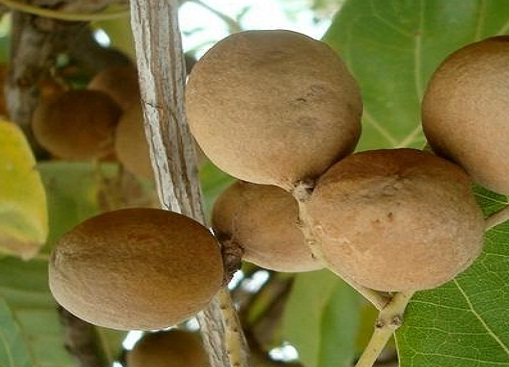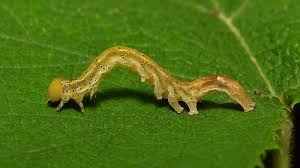General Information
In Sanskrit Bahera is known as karshaphala, kalidruma and vibhitaki. Its fruits are mainly used for preparing various drugs. Drugs prepared from Bahera are used for treatment of swollen parts, skin diseases, premature graying of hairs, lowering of cholesterol and lowers blood pressure. It is a deciduous tree with average height of 30m. The bark is brownish grey in color. The leaves are elliptical in shape and are 10-12cm long. The fruits are ovoid in shape and the kernels are sweet in taste. Madhya Pradesh, Uttar Pradesh, Maharashtra and Punjab are major Bahera growing states in India.





















